The companies at the center of the artificial intelligence boom are investing billions of dollars in each other — and analysts say that the increasing entanglement is adding to risk of an AI bubble.
Nvidia (NVDA) in late September said it would invest up to $100 billion in OpenAI (OPAI.PVT) as part of a partnership for the ChatGPT maker to use Nvidia’s chips to train and run its next generation of models.
This is just one of a flurry of deals among a tight web of Big Tech players that have been made public in the last few months. There’s also Nvidia’s $6.3 billion deal with AI data center firm CoreWeave (CRWV), a customer of the chipmaker in which it holds a 7% equity stake. There’s Nvidia’s reported $2 billion investment linked to its customer xAI (XAAI.PVT). And then there’s OpenAI’s own deals with Oracle (ORCL), CoreWeave (CRWV), and chipmaker Advanced Micro Devices (AMD).
Wall Street analysts say the agreements highlight a growing trend: AI infrastructure providers, led by Nvidia, are investing in their customers, who then turn around and buy more of the infrastructure providers’ products. In other cases, customers of infrastructure like OpenAI are investing in their suppliers.
Analysts interviewed by Yahoo Finance said there are two major concerns with the circular dynamic seen in the recent spree of AI investments. For one, the nature of the transactions could make it seem like there’s greater demand for AI than there really is. It also drives a closer link among the valuations of Big Tech companies — especially given that their respective stocks have soared on news of such deals — and intertwine their fates so that a hit to any one company would be bad news for the entire ecosystem, the experts said.
“The latest developments are very troubling,” said tech analyst and Bokeh Capital Partners chief investment officer Kim Forrest. “Vendors [of AI infrastructure] have gotten a lot of money, so they’re just shoving money back into their customers that may be poorly spent.”
Cornell professor Karan Girotra said instances of vendors and customers financially supporting one another reduce the “resilience” of the overall system: “If something goes wrong, then the effect falls through the system rather than [being] isolated.”
Legendary short seller Jim Chanos, famous for predicting the fall of Enron during the dot-com bust, also weighed in, writing in a post on X last week, “[Don’t] you think it’s a bit odd that when the narrative is ‘demand for compute is infinite’, the sellers keep subsidizing the buyers?”
The companies at the center of the artificial intelligence boom are investing billions of dollars in each other — and analysts say that the increasing entanglement is adding to risk of an AI bubble.
Nvidia (NVDA) in late September said it would invest up to $100 billion in OpenAI (OPAI.PVT) as part of a partnership for the ChatGPT maker to use Nvidia’s chips to train and run its next generation of models.
This is just one of a flurry of deals among a tight web of Big Tech players that have been made public in the last few months. There’s also Nvidia’s $6.3 billion deal with AI data center firm CoreWeave (CRWV), a customer of the chipmaker in which it holds a 7% equity stake. There’s Nvidia’s reported $2 billion investment linked to its customer xAI (XAAI.PVT). And then there’s OpenAI’s own deals with Oracle (ORCL), CoreWeave (CRWV), and chipmaker Advanced Micro Devices (AMD).
Wall Street analysts say the agreements highlight a growing trend: AI infrastructure providers, led by Nvidia, are investing in their customers, who then turn around and buy more of the infrastructure providers’ products. In other cases, customers of infrastructure like OpenAI are investing in their suppliers.
Analysts interviewed by Yahoo Finance said there are two major concerns with the circular dynamic seen in the recent spree of AI investments. For one, the nature of the transactions could make it seem like there’s greater demand for AI than there really is. It also drives a closer link among the valuations of Big Tech companies — especially given that their respective stocks have soared on news of such deals — and intertwine their fates so that a hit to any one company would be bad news for the entire ecosystem, the experts said.
“The latest developments are very troubling,” said tech analyst and Bokeh Capital Partners chief investment officer Kim Forrest. “Vendors [of AI infrastructure] have gotten a lot of money, so they’re just shoving money back into their customers that may be poorly spent.”
Cornell professor Karan Girotra said instances of vendors and customers financially supporting one another reduce the “resilience” of the overall system: “If something goes wrong, then the effect falls through the system rather than [being] isolated.”
Legendary short seller Jim Chanos, famous for predicting the fall of Enron during the dot-com bust, also weighed in, writing in a post on X last week, “[Don’t] you think it’s a bit odd that when the narrative is ‘demand for compute is infinite’, the sellers keep subsidizing the buyers?”

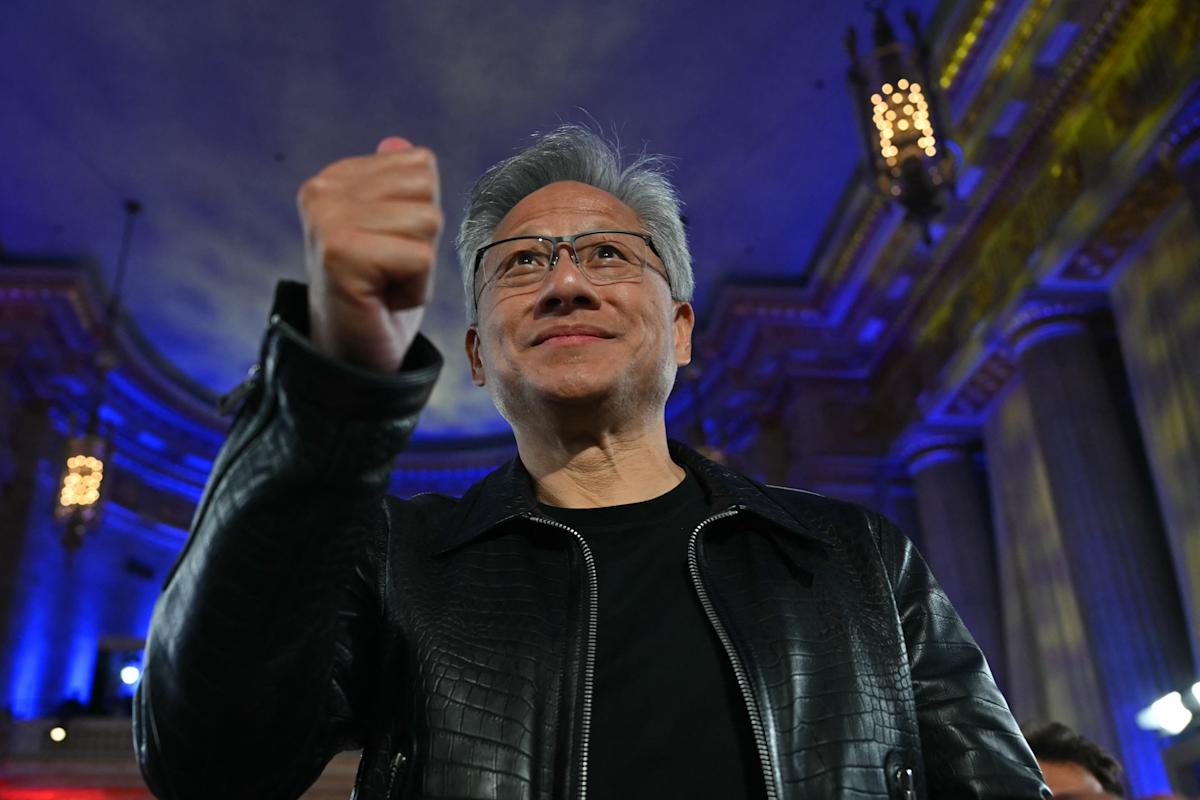



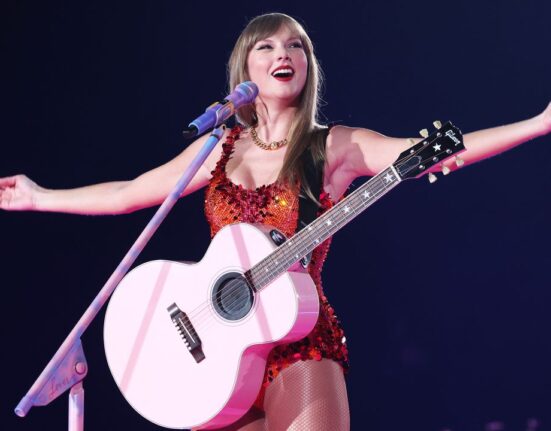
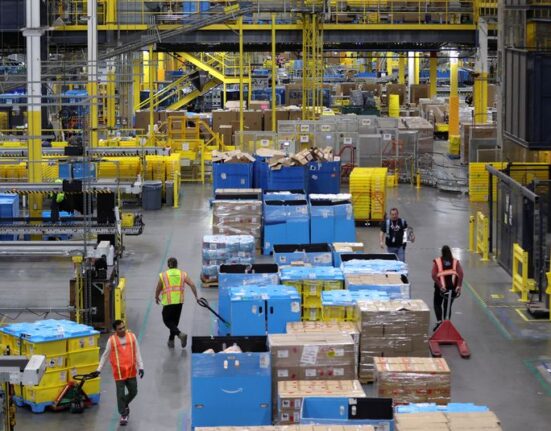
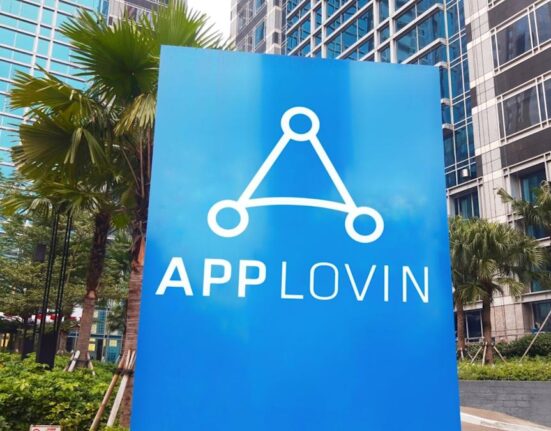


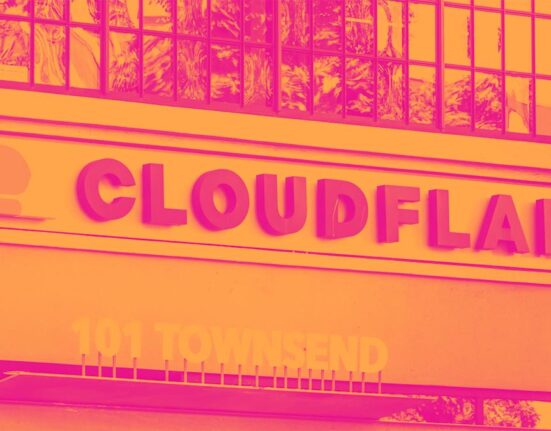

Leave feedback about this